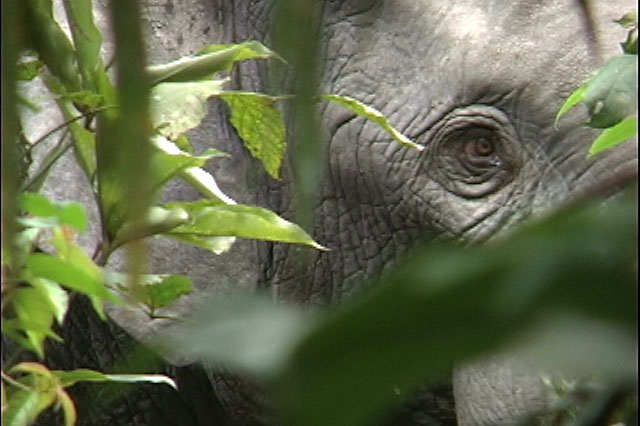It’s hard to decide what aspect of climate change is the most frightening, amplifying feedbacks – effects of warming that themselves cause more warming – have to be near the top of the list. A few days ago, I wrote about research indicating that they may be worse than we know, and today’s research is about the progression of one of those feedback mechanisms. Wildfires have been increasing with higher global temperatures, increasing output of CO2. Unfortunately, it turns out that 2021 saw a huge spike in wildfire emissions:
Nearly half a gigaton of carbon (or 1.76 billion tons of CO2) was released from burning boreal forests in North America and Eurasia in 2021, 150 percent higher than annual mean CO2 emissions between 2000 and 2020, the scientists reported in a paper in Science.
“According to our measurements, boreal fires in 2021 shattered previous records,” said senior co-author Steven Davis, UCI professor of Earth system science. “These fires are two decades of rapid warming and extreme drought in Northern Canada and Siberia coming to roost, and unfortunately even this new record may not stand for long.”
The researchers said that the worsening fires are part of a climate-fire feedback in which carbon dioxide emissions warm the planet, creating conditions that lead to more fires and more emissions.
“The escalation of wildfires in the boreal region is anticipated to accelerate the release of the large carbon storage in the permafrost soil layer, as well as contribute to the northward expansion of shrubs,” said co-author Yang Chen, a UCI research scientist in Earth system science. “These factors could potentially lead to further warming and create a more favorable climate for the occurrence of wildfires.”
Davis added, “Boreal fires released nearly twice as much CO2 as global aviation in 2021. If this scale of emissions from unmanaged lands becomes a new normal, stabilizing Earth’s climate will be even more challenging than we thought.”
This is why I focus not just on ending fossil fuel use, but also on making changes now, to help us deal with the warming that we know we will be unable to avoid. The climate shift that we’re currently experiencing has a great deal of momentum – enough that it could conceivably keep warming for centuries, even if we do get our emissions under control in the next 20 years. It would be much slower, and potentially easier to adapt to, or even reverse, but the ball may already be rolling fast enough that it no longer needs our help. The longer we delay action, the higher the odds that that’s our situation.
That’s also why it’s important that we actually deliberately phase out fossil fuel use, rather than trying to tweak the market and hope that works. That means big increases in renewable energy, and big increases in nuclear power, as we also work to reshape our infrastructure for a more hostile world.
The upside is that CO2 emissions from wildfires are a little bit like sea ice – they “recover” a bit every year. The net effect is still more greenhouse gases in the atmosphere, but the fact that, according to the researchers, 80% of the CO2 released is re-captured by new growth following the fire, is important to note. I think it also increases the need for various forms of rewilding – turning areas currently being used by us in the conventional sense, into either fully wild ecosystems, or managed ecosystems that would provide some more direct benefits to humanity, like food.
I don’t expect news in the coming years to be particularly uplifting, but it’s important to remember that we do have ways to make things better.


